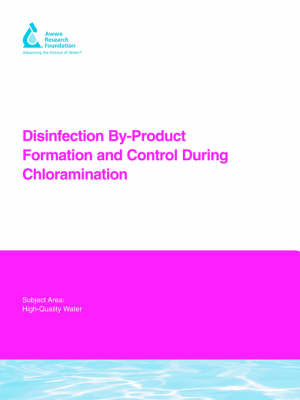In response to current and anticipated disinfection by-product (DBP) regulations, many utilities have begun to use chloramines as a secondary disinfectant. Chloramination produces DBPs such as haloacetic acids (HAAs), trihalomethanes (THMs), and haloacetonitriles (HANs) in lower concentrations than chlorination. Previous research has demonstrated that dihalogenated haloacetic acids (DXAAs) are the most commonly formed HAAs during chloramination. Some utilities may have difficulty meeting the new maximum contaminant level (MCL) for HAAs because chloramination does not limit the formation of DXAAs to the same extent as it does other DBPs. The objectives of this project were to: better understand the reactivity of key natural organic matter (NOM) fractions and the effects of treatment processes with respect to dihaloacetic acid (DXAA) formation, better delineate the influence of pH and Cl2/N ratio on DXAA formation, characterize DXAA formation kinetics and the impact of treatment processes on the kinetics, especially the impact of prechlorination, calculate the rate and extent of DXAA formation at elevated summer water temperatures, and determine the effect of bromide concentration on DXAA speciation and kinetics.
- ISBN10 184339930X
- ISBN13 9781843399308
- Publish Date 31 May 2005
- Publish Status Out of Print
- Out of Print 2 March 2017
- Publish Country GB
- Imprint IWA Publishing
- Format Paperback
- Pages 244
- Language English
